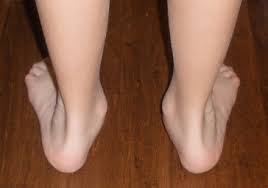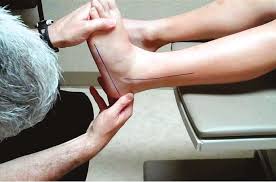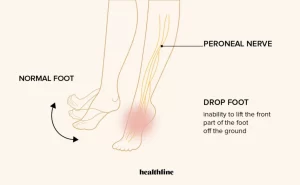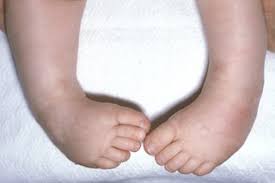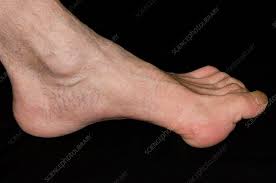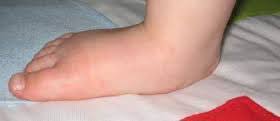
Paediatric flatfoot is a common foot condition that affects children and can be classified as either flexible or rigid. Flexible flatfoot is the more common type and occurs when the arch of the foot appears flat when the child is standing, but the arch reappears when the child is sitting or standing on tiptoes. Rigid flatfoot is less common and occurs when the arch of the foot remains flattened regardless of whether the child is standing or sitting. Treatment may include:
- Observation and monitoring: Many cases of paediatric flatfoot will improve on their own without intervention, however; it is important for the child’s foot development to be monitored over time to ensure that it is developing properly.
- Foot exercises: Stretching and strengthening exercises can help to improve foot and ankle function and reduce pain or discomfort.
- Orthotic devices: Custom-made shoe inserts or arch supports can provide additional support to the foot and help to improve foot posture.
- Physical therapy: Physical therapy can help to improve foot and ankle strength and flexibility, and may also include manual therapy or massage.
Most experts agree that the adult flatfoot always begins in childhood, and that early intervention is best. Most flat feet in children are flexible and passively correctable early in life, and the persistence of a flatfoot in childhood can result in life-long structural change. Richard O. Schuster, DPM, states that any child with a navicular drop of nine mm, with or without pain, should undergo treatment to prevent symptomatology and deformity later in life.
The recent nomenclature of adult flatfoot has changed from adult acquired flatfoot deformity to progressive collapsing flatfoot deformity, to echo the progression from its paediatric form throughout life, rather than a new adult-onset condition that arises independently.
In rare cases, surgery may be necessary to correct a severe flatfoot deformity or to address underlying structural abnormalities. However, most cases of paediatric flatfoot can be managed with conservative measures and do not require surgical intervention. It is important to consult with a healthcare provider or foot specialist if your child is experiencing foot pain or difficulty with walking.

